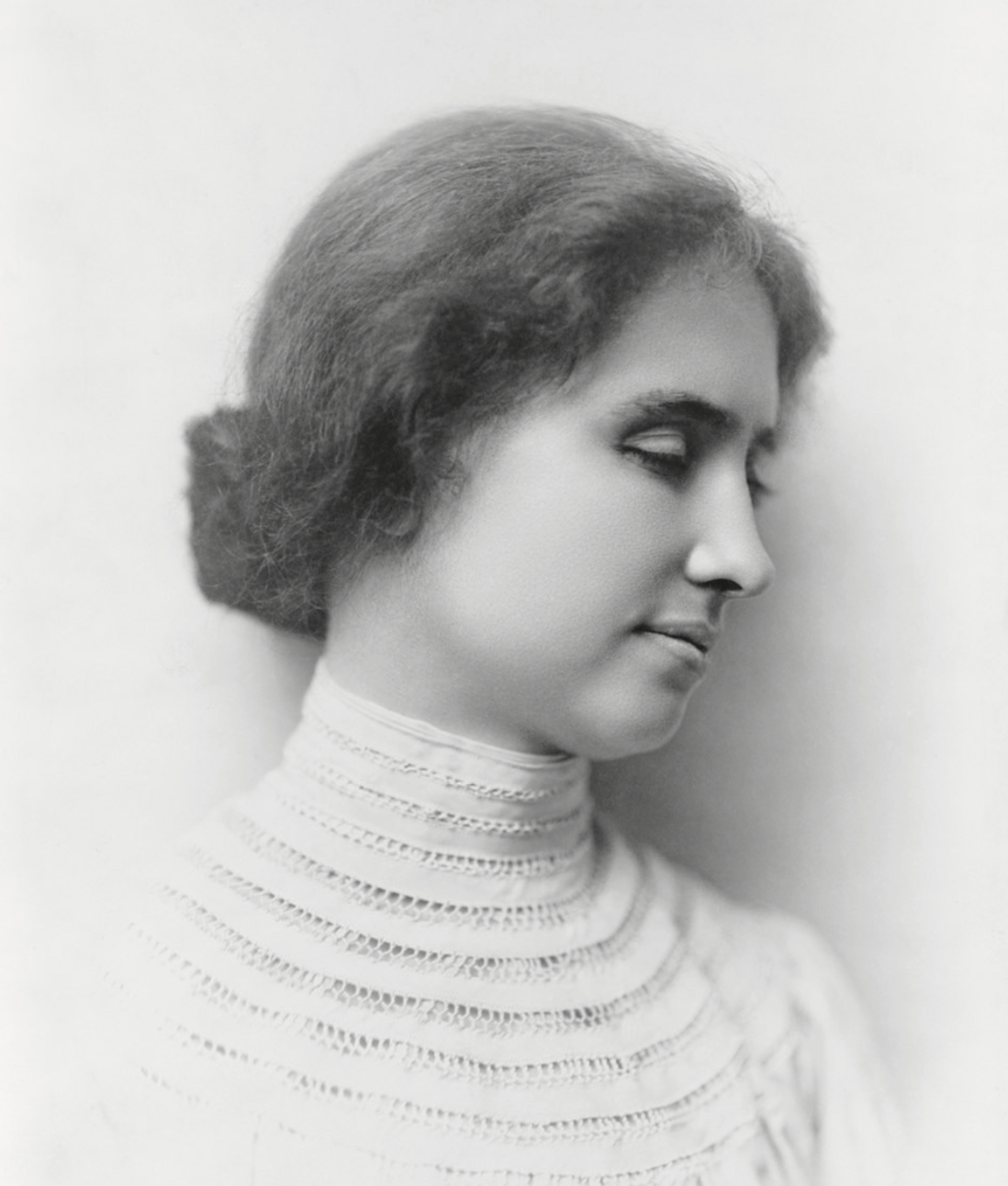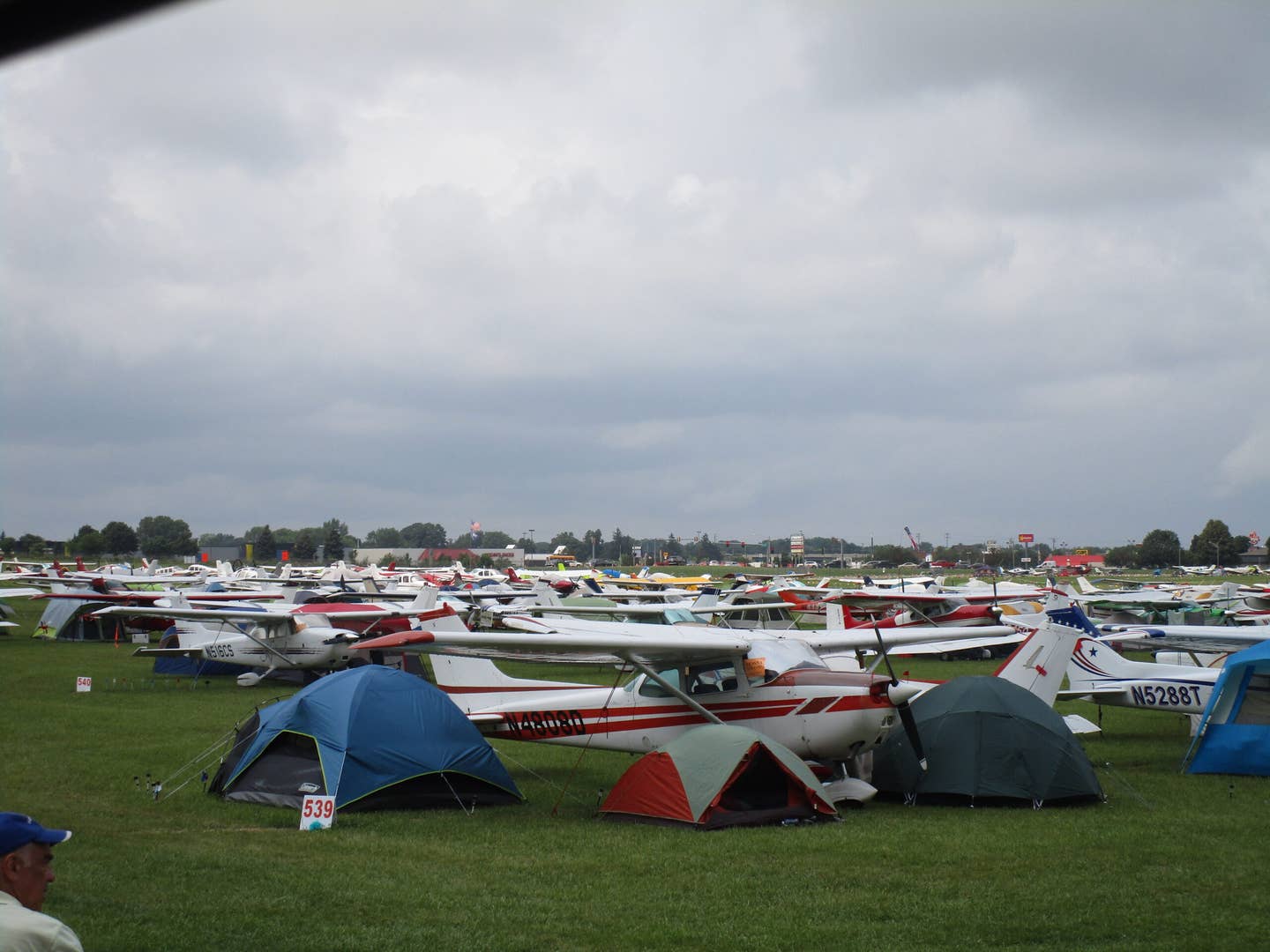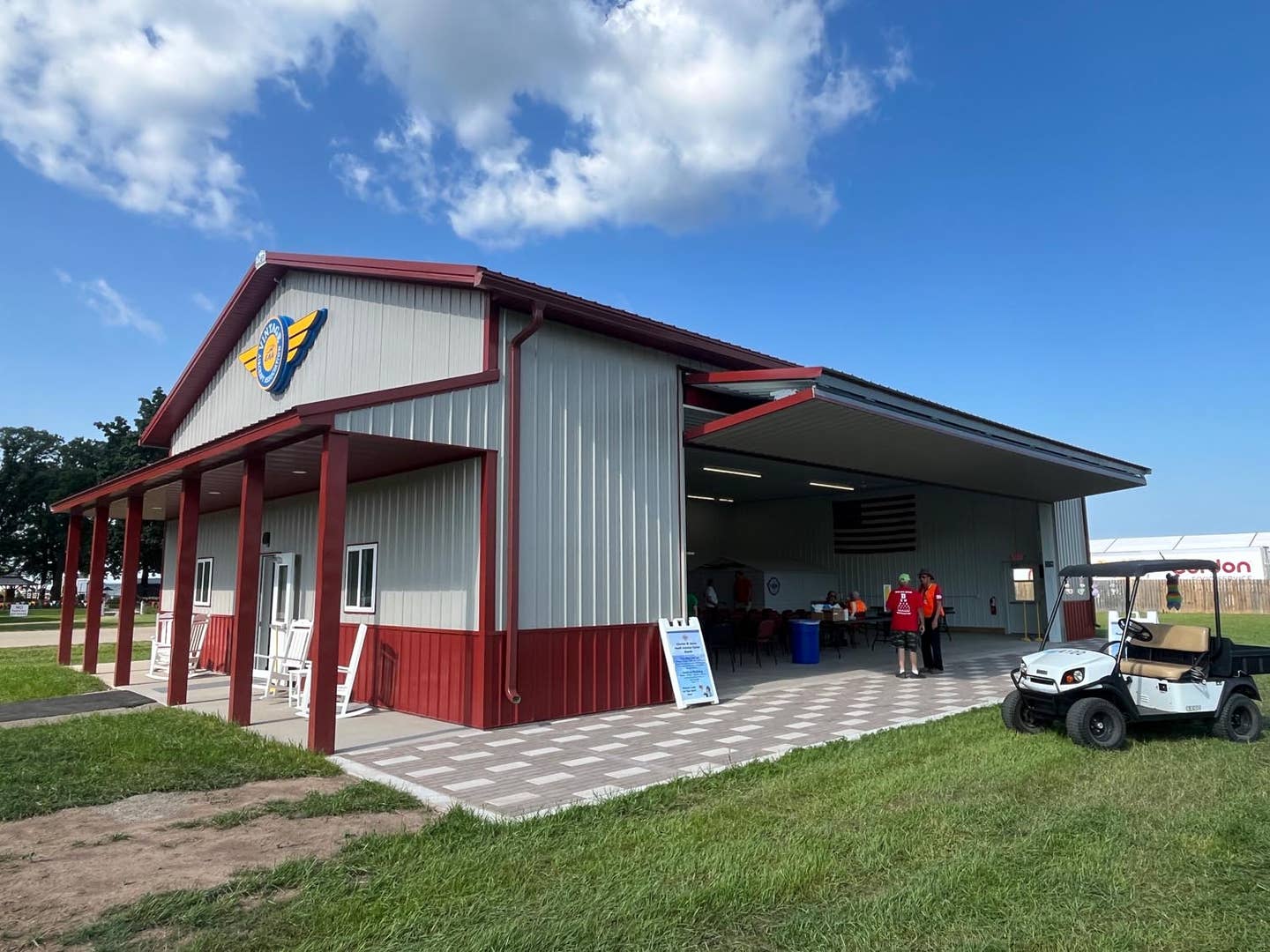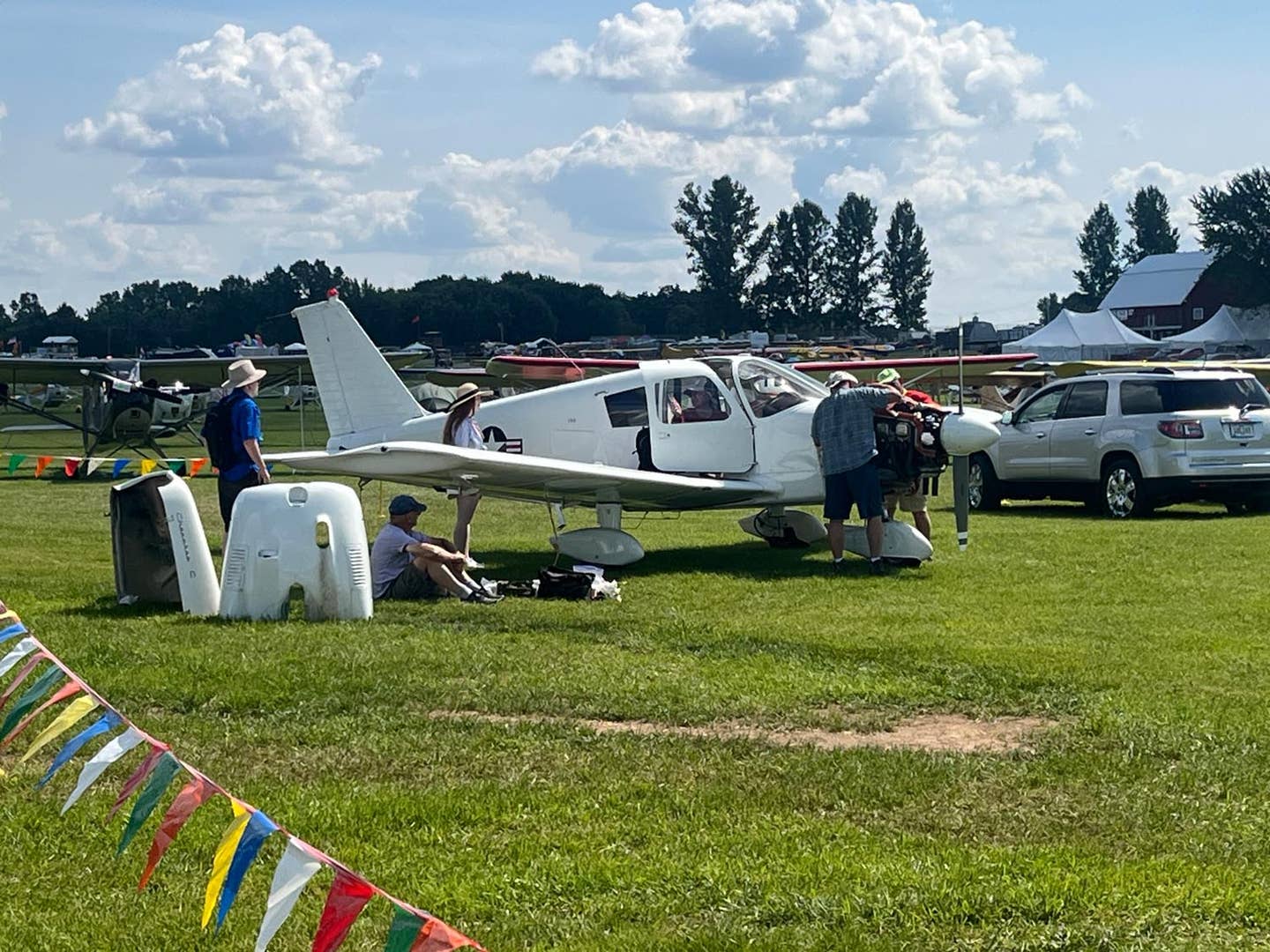Did Helen Keller Fly A Plane?
How could this admittedly remarkable woman, who was deaf and blind, pull it off?

Did Helen Keller fly a plane?
MYSTERY
Is it possible that Helen Keller---unable to hear or see---could have really flown an airplane across the Mediterranean Sea in 1946?
BACKGROUND
"Like a great graceful bird sailing through the illimitable skies." ---Helen Keller's description of an airplane
Born in Tuscumbia, Alabama, in 1880, Helen Keller was a mere 19 months old when she came down with a febrile illness that tragically robbed her of both sight and hearing. Deaf, blind and mute, she spent her youngest years struggling to wade through the dark, dense fog that had settled over her life. Her family described her as wild and unruly---understandably so---but also quite intelligent. Remarkably, young Helen Keller invented more than 60 hand signs for communication and learned to identify people by the vibration of their footsteps.
"Sight and sound be damned, she jumped straight into the right seat of a four-engine Douglas C-54 Skymaster---an impressive aircraft for anyone to tackle."
On a day Keller would later call the birthday of her soul, a visually impaired woman named Anne Sullivan entered Helen's life. Sullivan's goal was to reopen the world to Keller by teaching her to communicate through touch. It would be an uphill battle, fraught with frequent, sometimes violent, outbursts by the frustrated child. After all, up until that point, Keller had no idea that words even existed.
Using what she described as a strategy of patience, love and obedience, Sullivan finally had a breakthrough with Keller in April of 1887. While running cool water through one of the girl's hands, Sullivan signed the letters "W-A-T-E-R" into the palm of her other hand. She repeated this over and over until, finally, in one amazing moment, everything clicked. Keller boiled over with excitement. "Water!" she exclaimed through hand motions, going on to demand the names of everything around her. The door to the world had finally swung open.
Keller went on to tackle life's challenges with remarkable passion and determination. A prolific author, activist, scholar and lecturer, she earned many titles. It's even said that on one special day in June of 1946, she added a quite extraordinary title to her list: pilot.
FLY, HELEN! FLY!
While most take their first flight lesson in a single-engine plane, like the practical Cessna 172 or ever-forgiving Piper Warrior, that was not the case for the overachieving Helen Keller. Sight and sound be damned, she jumped straight into the right seat of a four-engine Douglas C-54 Skymaster---an impressive aircraft for anyone to tackle. As the pilot reached the shores of the Mediterranean, he handed over the flight controls, and for 20 glorious minutes, Keller soared across the sea.
IMPOSSIBLE
A viral post on social media recently attempted to cast doubt on Keller's accomplishment. According to a self-proclaimed internet expert on TikTok, @krunk19 (I know... I know!), not only was her feat unimpressive, it was impossible. Despite @krunk19's questionable qualifications to speak on this matter, or perhaps any matter, his post still caused people to raise their eyebrows. How, they wondered, could someone with so many sensory limitations pilot an aircraft?
TACTICAL SIGN LANGUAGE
In 2002, a 15-year-old deaf-blind girl demonstrated how the communication method known as Tactical Sign Language could be used for flight instruction. Climbing into the right seat of a Piper Warrior, she used one hand to manipulate the flight controls and the other to speak to her interpreter. Using a series of motions on the palm of her hand, the interpreter communicated the CFI's instructions. Not only was the girl's first flight lesson a success, but, like most of us, she immediately got hooked. She later told the press, "Maybe next time we'll do more tricks!"
CERTIFICATION FOR THE DEAF OR BLIND
Although the certificate will come with the limitation, "Not Valid for Flights Requiring the Use of Radio" (14 CFR section 61.13), a hearing-impaired individual can obtain a student, recreational or private pilot certificate in any of the five categories of aircraft: airplane, rotorcraft, glider, powered-lift and lighter-than-air aircraft. Basically, so long as communication isn't required with ATC, they have the greenlight.
One small hurdle, however, is that in order to satisfy the requirements of Part 61 and qualify to take the check ride, student pilots must conduct three takeoffs and landings at a towered airport. To navigate this, the student and instructor can make prior arrangements with the tower, so a controller can use light signals in lieu of voice communication.
Because flying has such a critical visual component, certification for the blind is not possible and would require significant advancements in-flight technology in order to ever become a reality. That doesn't mean those who are visually impaired can't still fly, though. They just can't get their certificate.
DOES KELLER'S STORY HOLD WATER?
"It was wonderful to feel the delicate movement of the aircraft through the controls!"
According to an American Foundation for the Blind article, "Wonderful Helen Keller Flies a Plane," she was able to fly the aircraft using Tactical Sign Language communication through her travel companion, Polly Thompson. Despite being unable to hear the rumbling of the engine or see the beauty of the world from above, she could still feel the incredible exhilaration of controlling an aircraft in flight. Helen said that flying made her feel more physically free than anything else had in her life. Clearly, that's the soul of a pilot speaking.

Subscribe to Our Newsletter
Get the latest Plane & Pilot Magazine stories delivered directly to your inbox






